The Main Chowk of Jaisalmer Fort is where tourists will find the former palace of the maharaja, a five-storied building of meticulously carved stone balconies and window arches. Its official name Jaisalmer Fort Palace Museum & Heritage Center is a whopper to spit out so locals and tour guides commonly refer to it only as “the palace”. Open at 9 A.M. in the winter/tourist season, visitors are smart to get an early jump ahead of the large, slow-moving tour groups which choke the modest-sized Main Chowk. As tour leaders struggle to organize their groups who lazily snap photos while dogging scooters, cows, and local guides, independent travelers can easily slip past and up the stairs of the humble palace entrance.
An entry fee of Rs 250 may seem hard to swallow, but it includes still cameras as well as a self-directed audio tour. This is the same system used at the Mehrangarh Fort in Jodhpur, the largest neighboring city East of Jaisalmer. Collateral such as ID, credit card, or deposit is needed to use the audio tour. No need to worry about tricks or theft. Identifying tags are attached to each deposit and shuttled to the exit desk immediately. As guests conclude their tour returning their audio system at the exit desk, deposits are matched to the duplicate identity tag given at the entry desk. ID verification is required for guests who chose to leave a credit card.
The audio tour picks up immediately at the entry desk. Guests follow the numbered posts attached to the wall and easily found as they move about. A tri-fold map of the palace comes with the ticket so guests can jump around as well as keep track of their progress. Each audio section lasts anywhere from a minute to several minutes giving just enough information to feel involved but not overwhelmed.
Compared to the great palaces of Udaipur, Jodhpur, and Jaipur, Jaisalmer’s palace is small, narrow, and requires climbing several flights of stairs to access the various rooms. Walls are nearly void of the colorful paintings or fanciful tile and mirror work seen elsewhere around Rajasthan. Intricately carved golden stone, famous in Jaisalmer, is the decoration here. Emblems carved within walls, window screened balconies, lattice topped handrails, and domes; the original builders used skilled artists to finish the palace in natural beauty. Sunlight slips through the carvings while keeping the interior cool from the unforgiving desert heat.
Whether visitors opt for the audio tour or self-guiding, all points lead to the rooftop where 360º views of Jaisalmer and the surrounding Thar Desert exist providing the haze cooperates. Substantial restoration work has already been completed yet continuing today to maintain this jewel. Attention to detail flows throughout neat and clean walls, floors, and displays. Directional/informative signage helps keep tours on track while adding landmarks into photos for tourists who may scrapbook back home. Sharply dressed uniformed attendants with strong Rajasthani features (model photo candidates, ask first) are very friendly and happy to help guide misdirected guests.
There are no concessions past the Main Chowk so visitors should bring their own water. Ample shade throughout the palace negates the need for a hat or sunscreen. Comfortable shoes are a must for running the numerous staircases. One toilet stops along the way may leave female and male users feeling as if they completed a command performance on stage. Do arrive at opening time or early afternoon to avoid the tour groups which clog the traffic flow and compete for the best photo spots.
Plan on an hour minimum to view the palace on a self-guided route. Audio tour visitors should plan for 90 minutes to 2 hours to properly enjoy this charming, well maintained former residence which houses several unique architectural designs.



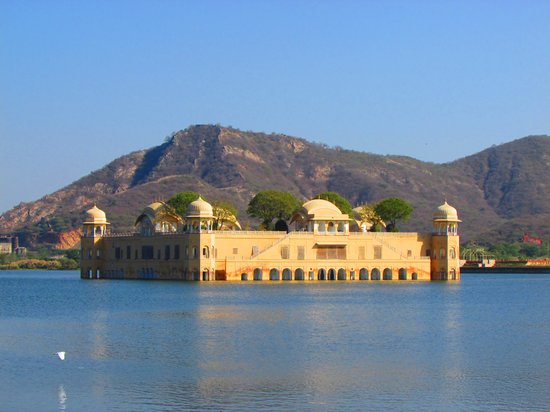
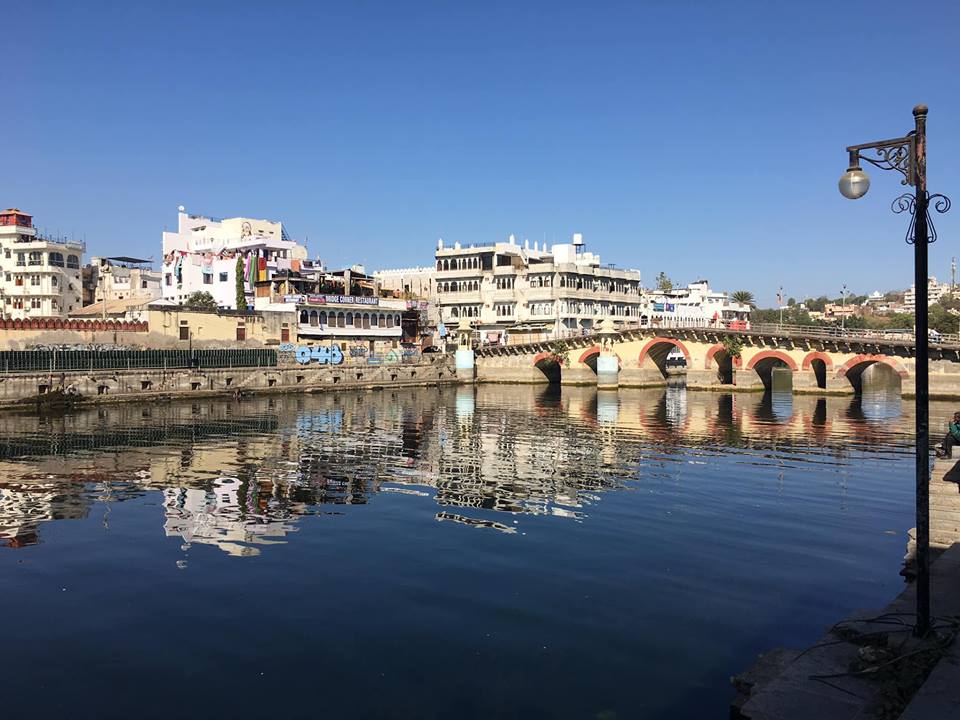
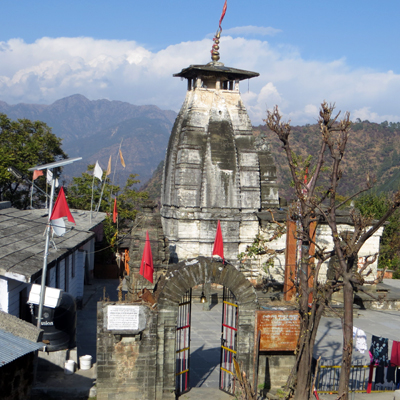

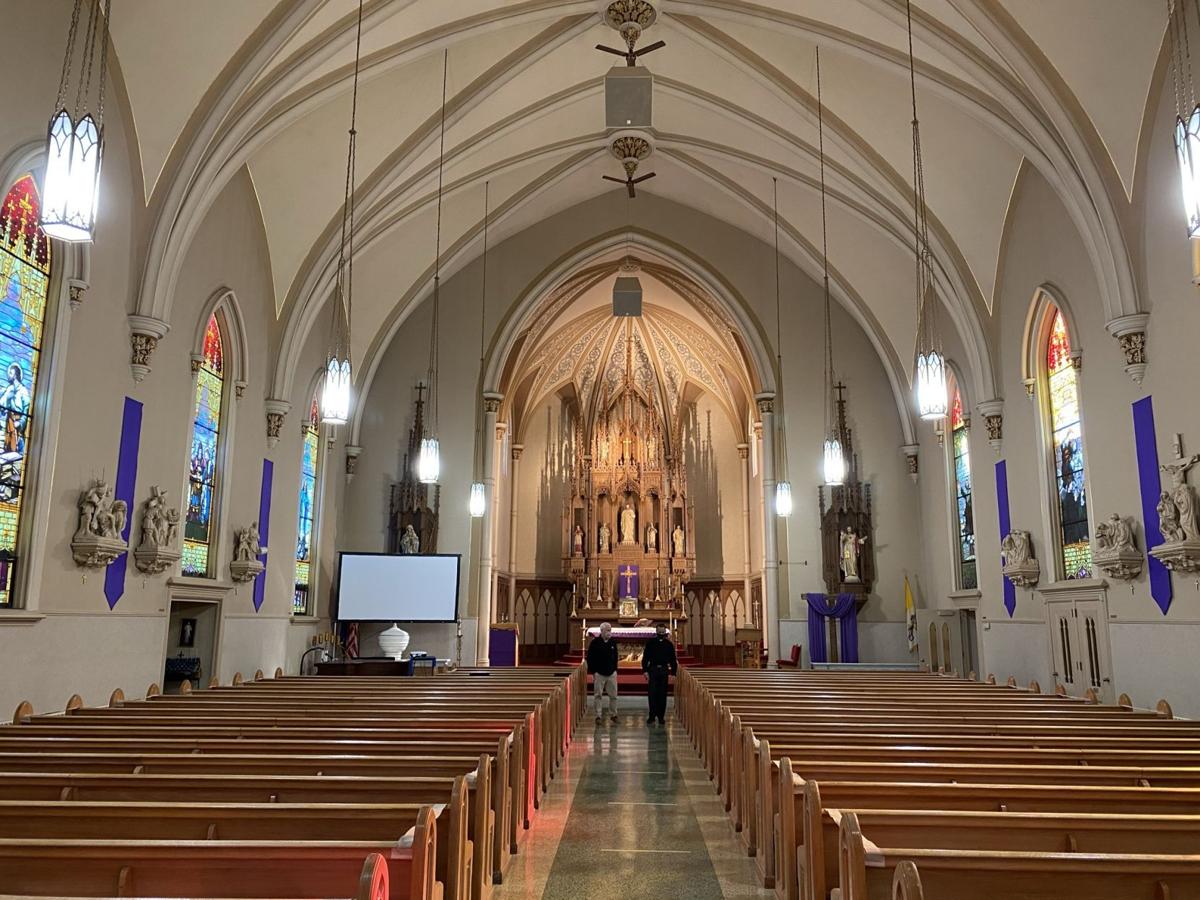

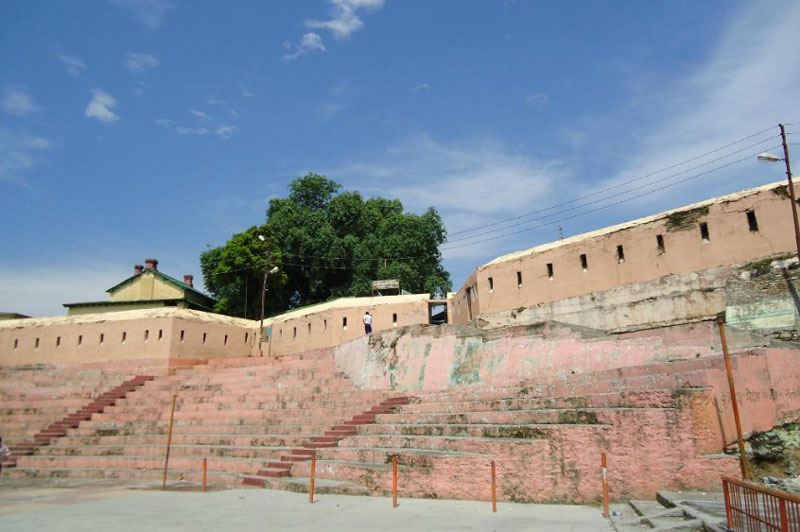

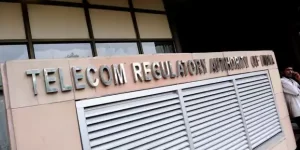

1 Comment
Comments are closed.